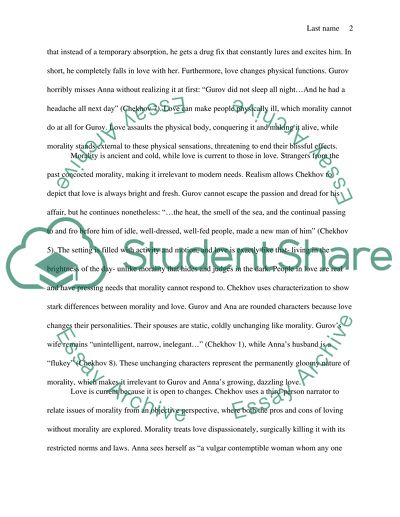Cite this document
(“The Brightness of New Love, Not the Darkness of Morality in The Lady Essay”, n.d.)
The Brightness of New Love, Not the Darkness of Morality in The Lady Essay. Retrieved from https://studentshare.org/literature/1467786-essay
The Brightness of New Love, Not the Darkness of Morality in The Lady Essay. Retrieved from https://studentshare.org/literature/1467786-essay
(The Brightness of New Love, Not the Darkness of Morality in The Lady Essay)
The Brightness of New Love, Not the Darkness of Morality in The Lady Essay. https://studentshare.org/literature/1467786-essay.
The Brightness of New Love, Not the Darkness of Morality in The Lady Essay. https://studentshare.org/literature/1467786-essay.
“The Brightness of New Love, Not the Darkness of Morality in The Lady Essay”, n.d. https://studentshare.org/literature/1467786-essay.


